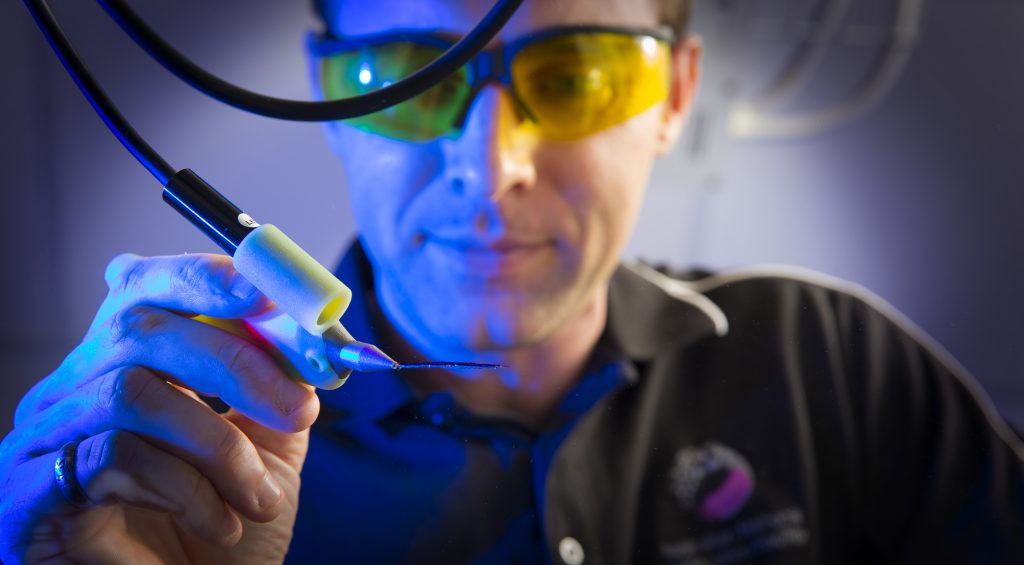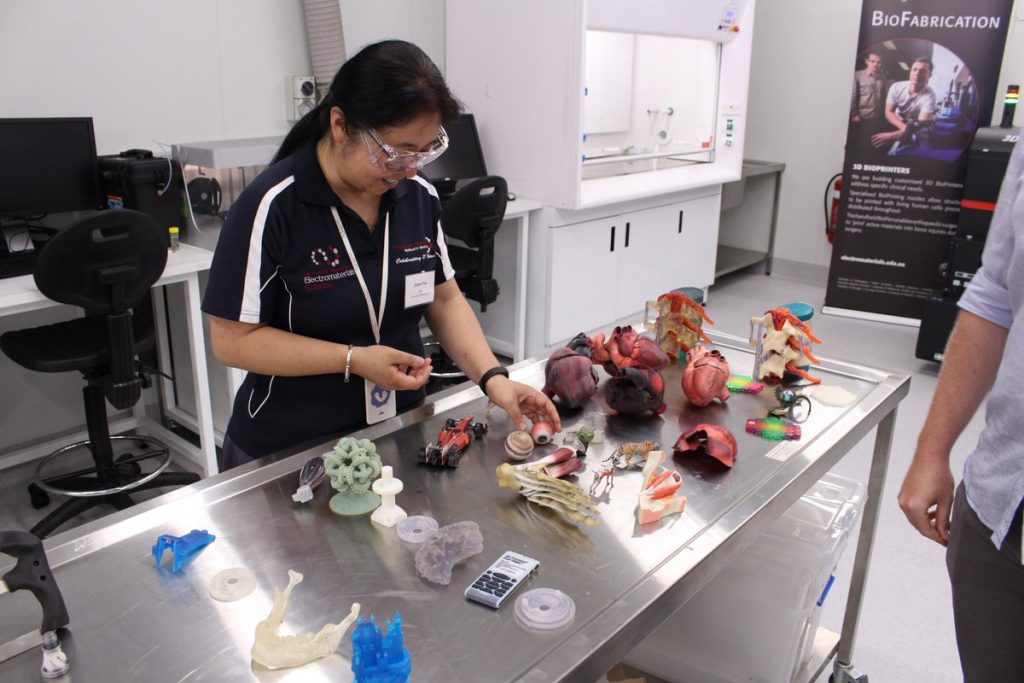3D bioprinting and anatomical modeling is poised to take a significant step forward at the University of Wollongong (UOW), Australia.
Through the collaboration of two expert facilities within the university’s Innovation Campus, the ARC Centre of Excellence for Electromaterials Science (ACES) and the Australian National Fabrication Facility (ANFF) Materials Node, UOW has launched the TRICEP initiative.
Standing for Translational Research Initiative for Cellular Engineering and Printing, TRICEP gives UOW researchers the in-house ability to development hardware and biomaterials. According to Professor Gordon Wallace, Executive Director at ACES and Director of TRICEP, the new initiative “makes us uniquely placed to help companies create a complete end product that is tailor-made to combat a specific medical challenge.”

Excellence in 3D bioprinting
Under the direction of Professor Wallace, and associates including Biofabrication Specialist Dr. Stephen Beirne, UOW and its partner institutes have become a global authority on 3D bioprinting and related advances for medicine.
In August 2018, the University of Sydney’s Save Sight Institute was awarded $1.15 million for the commercial development of its cornea-correcting iFix Pen created in collaboration with ACES at UOW.
At the UOW Intelligent Polymer Research Institute (IPRI), which is also directed and founded by Professor Wallace, Dr. Jeremy Crook is leading a project to faithfully reproduce brain cells, by means of 3D bioprinting, to study conditions like schizophrenia, epilepsy and depression.
And, most recently, ACES researchers developed a specialist Pancreatic Islet Cell Transplantation (PICT) 3D bioprinter, now in use to treat diabetes at the Royal Adelaide Hospital (RAH).

Bringing opportunity to SMEs
Through the TRICEP initiative, UOW aims to reach out to more small to medium sized businesses looking to capitalize on new production and supply opportunities offered by 3D printing, specifically within healthcare.
Complete with a facility within the university’s existing Innovation Campus, TRICEP is equipped with a range of 3D printers including a Markforged carbon fiber 3D printer, presumably for prototyping medical devices, and the Mimaki full color 3DUJ-553 system. This can be used to make accurate models of patient anatomy, to be applied in surgical planning, and practitioner-patient communications.

According to reports, the facility also houses “highest resolution metal printer in Australia” and equipment needed to develop bioinks. It was officially opened this week to a group of selected partners and collaborators including Dr. Mia Woodruff, Leader of Biofabrication & Tissue Morphology at Queensland University of Technology (QUT) and lead researcher of the FutureHear project, seeking to provide 3D printed prosthetic ears to children born with microtia.
For TRICEP updates and more medical 3D printing news subscribe to the 3D Printing Industry newsletter, find us on Facebook and like us on Twitter. Looking for jobs in healthcare research? Search open opportunities and apply with 3D Printing Jobs. You can also make a profile to advertise your latest vacancies.
Featured image shows Professor Gordon Wallace (right) and Dr Stephen Beirne (left) of the University of Wollongong. Photo via University of Wollongong


